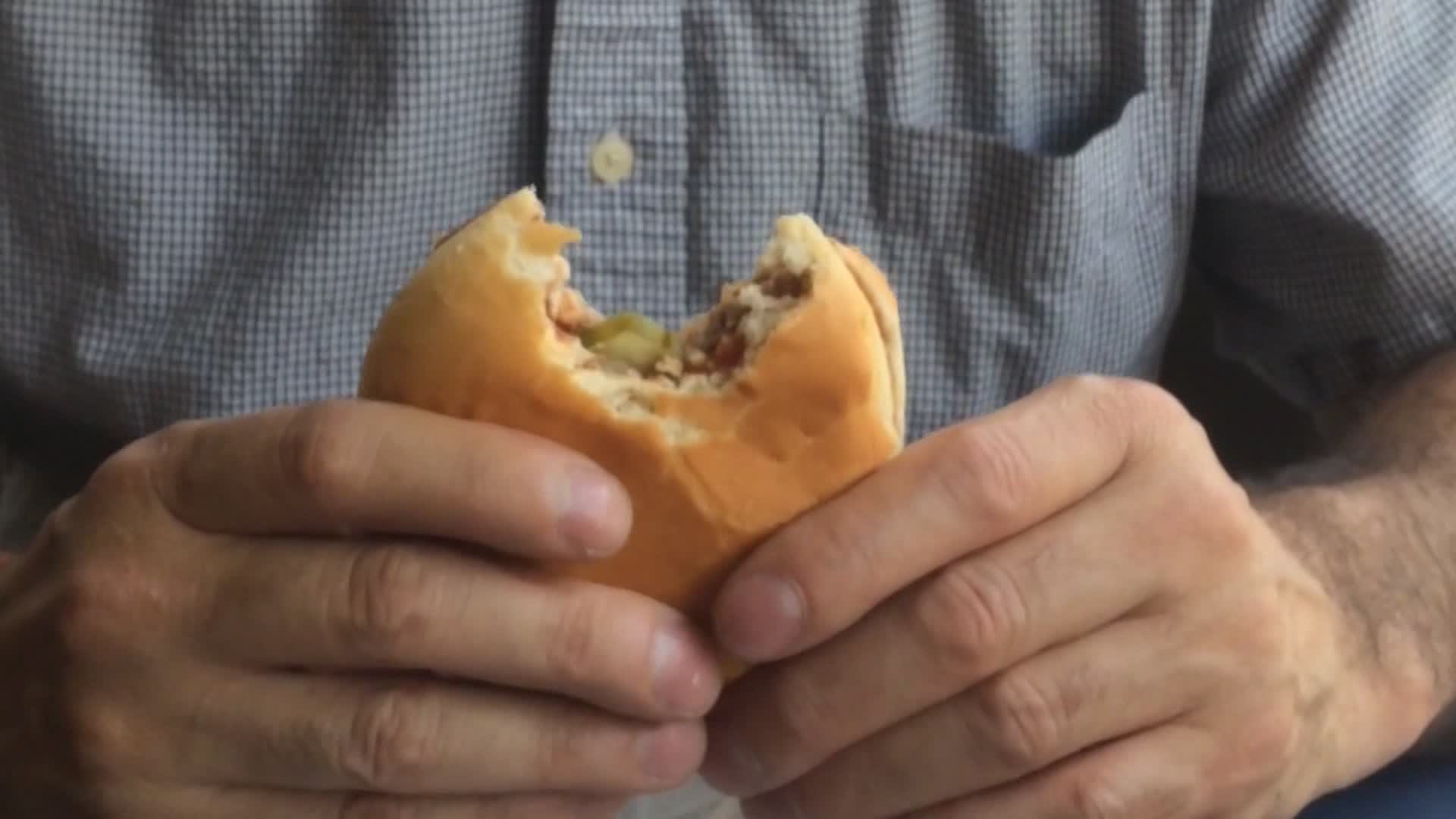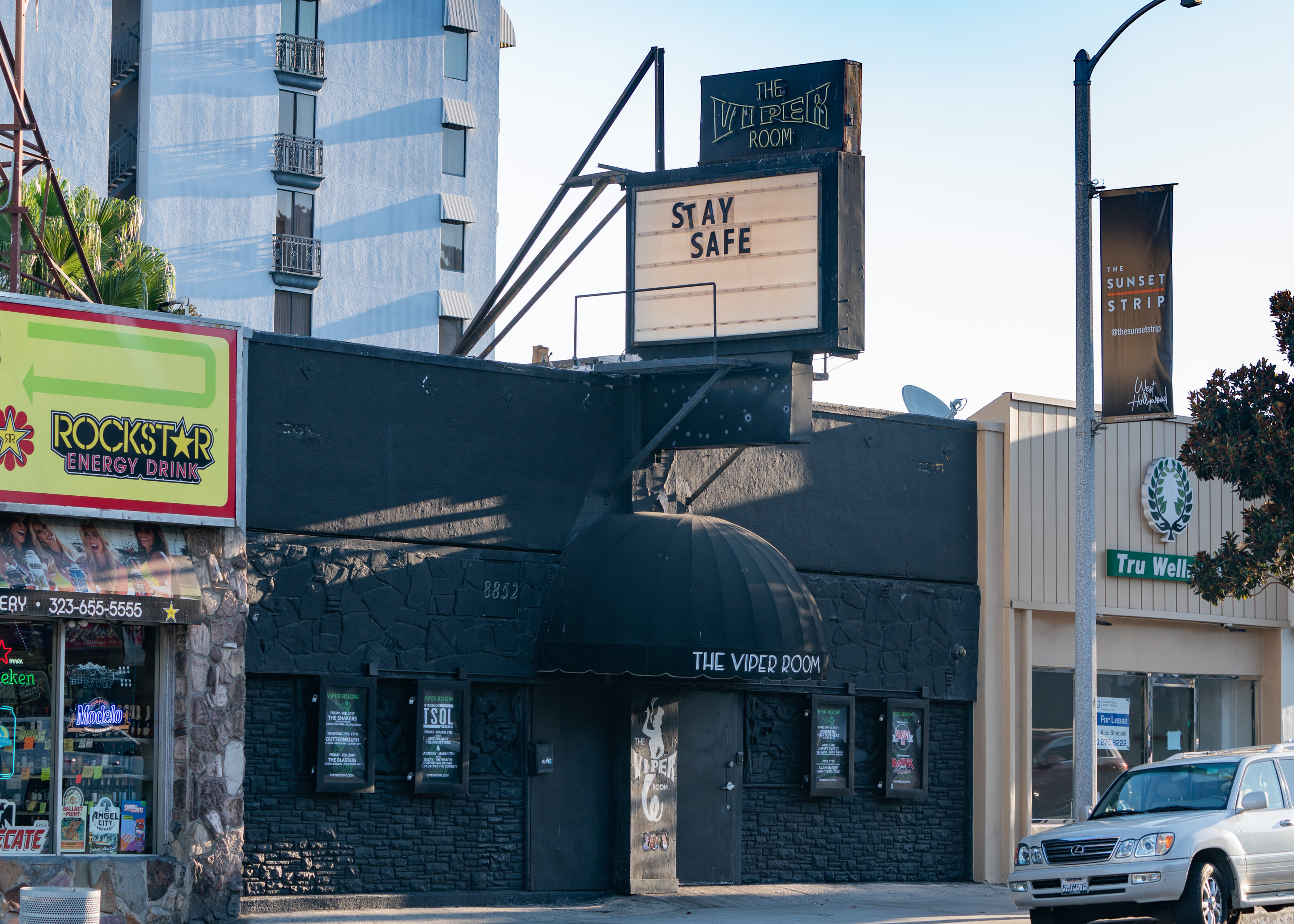Mayor Antonio Villaraigosa urged the City Council on Monday to approve an initial electricity rate hike of 0.8 cents per kilowatt-hour starting next month, and to delay other planned increases until a ratepayer advocate is appointed and other conditions are met.
City Council President Eric Garcetti, however, said he intends to introduce a motion Tuesday calling for a smaller increase in Department of Water and Power rates than has been proposed.
"I support a smaller increase now to pay for the rising cost of the energy we purchase, but we need to see the department's plan to move away from coal and we need a permanent leader at the DWP who will ensure we meet those goals," Garcetti said. "We must also lessen the impact on businesses that provide jobs in our city."
Carol Schatz, president and chief executive officer of the Central City Association of Los Angeles and the Downtown Center Business Improvement District -- a coalition of 450 property owners in the core of downtown Los Angeles -- said the business community would rather see a 0.5 cent per kWh rate hike.
She said that's the minimum rate hike necessary to maintain the DWP's bond rating, according to an independent review conducted by PA Consulting.
"First of all, 0.5 cents a kilowatt-hour increase coming after a double-digit increase for our ratepayers that was implemented last year in this recession is still a big increase," Schatz said. "But we think it's important to preserve the bond rating (first), and then all the other questions and issues need to be on the table and discussed during this quarter when this increase goes through."
Schatz and leaders of the Los Angeles Area Chamber of Commerce, Valley Industry and Commerce Association and Central City East Association had a meeting Monday, during which a representative of the mayor's office explained the so-called "compromise plan."
Local
Get Los Angeles's latest local news on crime, entertainment, weather, schools, COVID, cost of living and more. Here's your go-to source for today's LA news.
"While there were elements in it that made sense, we don't support the proposal," Schatz said. "We think it's important that we go forward with a minimum increase."
Councilwoman Jan Perry, who chairs the council's Energy and the Environment Committee, expressed hope of reconciling the various proposals.
"I believe it is important to take a thoughtful and measured approach to ensure the fiscal health of our department while being sensitive to the ratepayer," Perry said. "I have faith that together, the council can make a recommendation that is fiscally prudent and makes sense."
The mayor's original plan called for increasing the DWP's Energy Cost Adjustment Factor surcharge by 2.7 cents per kilowatt-hour over a year -- 0.8 cents in April, July and October, and 0.3 cents in January.
On Monday, Villaraigosa backed a recommendation by Councilman Richard Alarcon and Councilwoman Janice Hahn to consider spreading out those increases over two years instead, but only if the DWP develops a detailed plan for switching from coal to renewable energy, and implements measures to help customers become more energy-efficient.
"It is a strong first step, a reasonable middle ground, and a compromise that I will urge the (DWP) Board of Commissioners to adopt if approved by the City Council," Villaraigosa said.
The full City Council will discuss the rate hike Tuesday.
The mayor's press deputy, Sarah Hamilton, said under the proposed compromise of a single initial increase, DWP's Tier 1 customers -- those who use the least amount of power among residential users -- would see their monthly bills increase by $1.73-$2.44.
About 60 percent of DWP customers are Tier 1 households.
Tier 2 customers, who make up 34 percent of DWP's customers, would see an increase of between $4.55 and $5.74, depending on whether they live in the cooler or warmer parts of the city.
The heaviest power users, or Tier 3 customers, would see increases ranging from $10.02 to $13.30. They account for 5-7 percent of DWP's customers.
Hamilton said small commercial customers would see an increase of about $16 in their monthly bills. For medium-sized commercial customers, it would be about $400, and for large commercial customers, it would be about $2,400.
Villaraigosa said the DWP had suppressed its rates for so long that it was "undercollecting" by about $125 million a year and risked having its bond rating downgraded.
The proposal to increase the ECAF -- which is currently 5.09 cents per kWh -- by 2.7 cents per kWh was aimed at generating an additional $468 million in revenue for DWP -- $70 million of which would be remitted to the city.
Of the remainder, 75 percent would be used to help the DWP make up its so-called "undercollection." The other 25 percent would go into a trust fund or "lockbox," which would be used for energy conservation measures and for helping to make businesses and residents with solar panels on their roofs become sources of power for the DWP.
"I don't want to raise the rates, but you know what, they've been raised on us by the private sector, by the folks that control the sources of coal and natural gas," Villaraigosa said. "The vast majority of this rate will go to pay for those. All we're saying is we want a lockbox for renewables, as well."
Alarcon said, "I believe this is a reasonable compromise. It keeps us on the course for moving forward with the recommendations of the (DWP) board if we get the accountability and the response (from the DWP) that we would declare by this motion and it also provides the rate increase that's immediately necessary."
According to the mayor's office, the proposed compromise has the support of DWP board President Lee Alpert and member Jonathan Parfrey, as well as environmental advocates and labor leaders such as Maria Elena Durazo.



